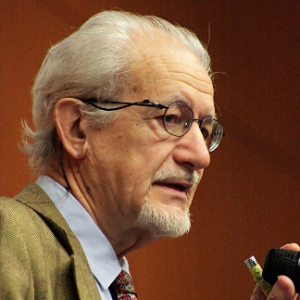Title : Harvesting biomolecules via the EVA technique
Abstract:
We describe here a modern and unique tool for exploring documents pertaining to the world Cultural Heritage while avoiding their contamination or damage. Known under the acronym EVA, it consists of a plastic foil of Ethylene Vinyl Acetate studded with strong cation and anion resins admixed with C8 and C18 hydrophobic beads. When applied to any surface such foils (cut into diskettes) can harvest any type of surface material, which is then eluted and analyzed via standard means, such as GS/MS (typically for metabolites), MS/MS (for peptide and protein analysis), X-ray (for elemental analysis). We briefly review here a number of past data, such as screening of original documents by Bulgakov, Chekov, Casanova, Kepler, while dealing in extenso with very recent data, pertaining to Orwell and Stalin and analysis of the skin of an Egyptian mummy. The technique was also successfully applied to paintings, such as the Donna Nuda at the Hermitage in St. Petersburg, attributed to Leonardo and his school. As a unique example, we quote here the analysis of a book Stalin was extensively reading during World War II (Ivan Grozny): on the pages of this book we found plenty of lithium salts, suggesting that he was bipolar just like Winston Churchill (except that this was a jealously kept secret and discovered by us for the first time as a world premiere). This novel methodology represents a formidable tool for exploring the past life of famous authors, scientist and literates in that it can detect traces of their pathologies and even drug consumption left by saliva and sweat traces on their original hand-written documents. Prior to our invention, the only technique proposed was scraping or grating the surface of the material under investigation, clearly a technique strictly forbidden in museums, private and public collections. In the worst cases, when dealing with pottery or other clay material, chipping away of a piece was proposed, a barbarian way to treat items belonging to the Cultural Heritage.



